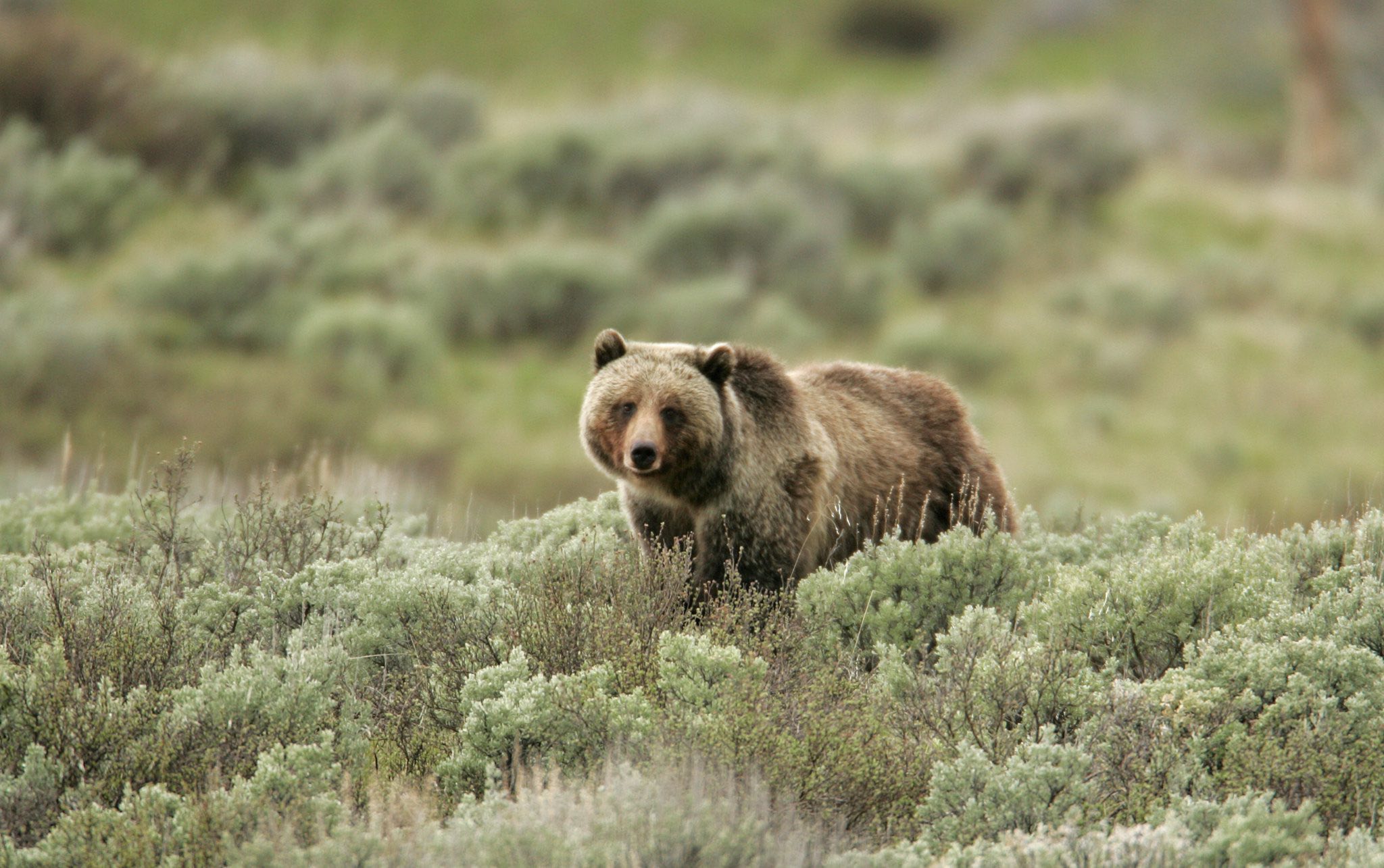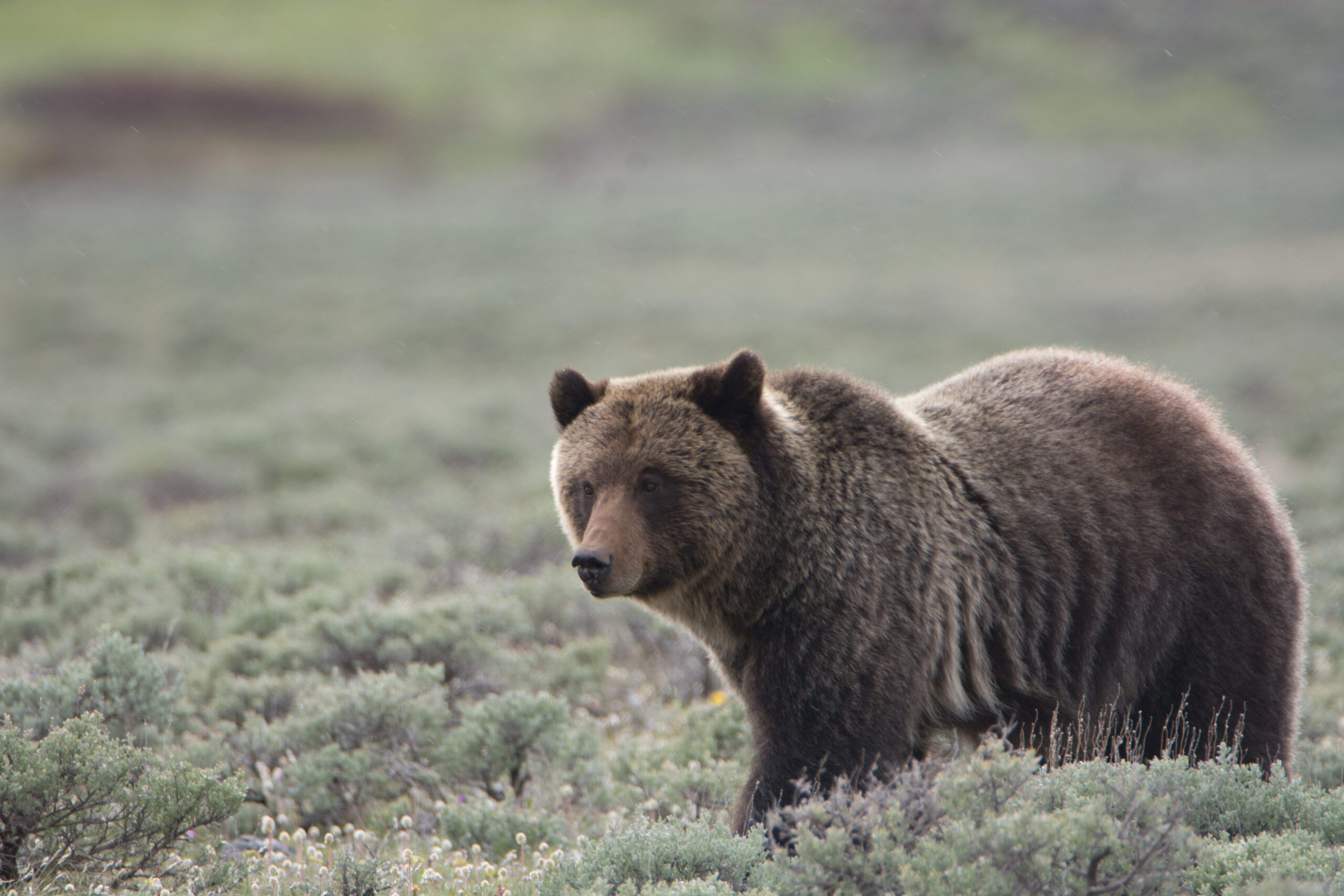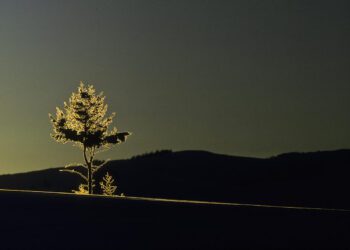More than 600,000 years ago, a super volcano erupted in the once mountainous region we now know as Yellowstone Park. Thick lava flows filled the caldera and created the rolling plateaus of today’s landscape. The formation of the Grand Canyon of the Yellowstone was created by this eruption, as was the basin that holds Yellowstone Lake.
Today, the 3,472 sq. mile Yellowstone Caldera is one of only a few dozen hotspots in the world—these are places where hot molten mantle rock is rising toward earth’s surface. A constant reminder of geologic power, this slow-moving magma plume has created about 10,000 thermal features and more than 300 geysers, including the world famous Old Faithful. It also causes 1,000-3,000 earthquakes each year, though most are relatively minor, measuring a magnitude of 3 or less.
Occasionally, numerous earthquakes occur over a short period, an event known as an earthquake swarm. According to the USGS, these swarms are likely caused more by slips on pre-existing faults than by movements of magma or hydrothermal fluids. The most recent swarm was early in 2010, after the Haiti earthquake and before the earthquake in Chile. This was the second-largest ever recorded in the Yellowstone Caldera, and the largest of its shocks was a magnitude 3.8.
Here are links to other stories from our special Yellowstone issue:
An interview with Al Nash, Yellowstone’s Chief of Public Affairs, by Emily Stifler
Fishing Report: Yellowstone, by local fishing guide Ennion Williams
Climbing Electric Peak, by Felicia Ennis and Bella Treks
Forbidden Fruit: Paddling in Yellowstone National Park, by Tyler Allen
Catching a poacher – outfitter conflict in the Park, by Paul Miller
Did you know? A Yellowstone microorganism helped revolutionize the DNA copying process
Overheard: The funny things that tourists say
Infographic: The Wildlife of Yellowstone National Park by Kelsey Dzintars












